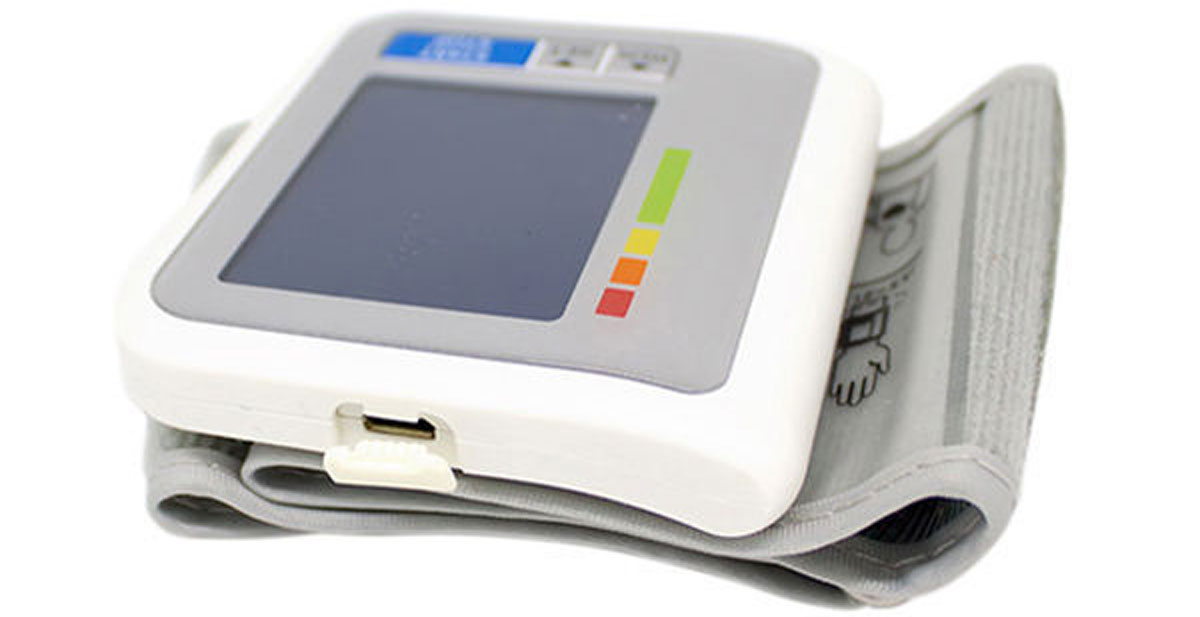1. Blood Pressure Monitoring at Home
2. Arm Blood Pressure Monitor
3. Wrist Blood Pressure Monitor
4. Keys to An Accurate Reading
High blood pressure has no clear symptoms, and one-third of USA citizens have high blood pressure, several without knowing it. The risk of renal disorder, heart attack, stroke, and lots of other serious health problems can increase by Hypertension.
Experts say an occasional doctor's office check of your BP might not be giving you the complete picture. "During the day Blood pressure fluctuates a lot," said Beverly Green, M.D., M.P.H. who is the family physician and senior investigator at the Institute named Kaiser Permanente Washington Health Research and Kaiser Permanente Washington in Seattle. "A single good blood pressure measurement might not be sufficient info."
At home, monitoring is useful for some people for diagnosing Hypertension in some cases. People experience "white coat hypertension," blood pressure is high during a checkup, but it's normal at home. Also, checking the blood pressure at home can help those who are just getting medicines to lower blood pressure to conclude how fine the treatment is functioning.
According to the American Heart Association (AHA), it can also be suitable for pre-eclampsia or pregnant women to undergo pregnancy-induced Hypertension.
Wrist vs arm blood pressure monitor
Home blood pressure monitors are available as arm-cuff and wrist-cuff models. When constricting your selection, first think about the performance, features, and price.
Transtek arm blood pressure monitors can automatically blow up the cuff and show the readings on the device. Many of these monitors have "risk category indicators", which will flag high readings. Some of the models permit downloading results to the computer, making it easy to share them with the doctor.

From the guidelines above, you might have presumed that a lot of people choose upper arm monitors because the cuff naturally rests at the same level as your heart. It will make it easy to correctly and rapidly measure blood pressure at home and in a clinical setting.
If you've heard that upper arm screens are difficult to utilize, have confidence! At-home vital sign monitors are more comfortable to use than ever. The features like digital screens and automatic processes and also pre-formed cuffs are just a few of the choices which will make simpler to monitor your blood pressure.
Advantages arm blood pressure monitor:
Some of the Arm Monitor models have many user memories, permitting more than one person in your home to observe and record their blood pressure. They are likely to be correct in the tests.
They are completely like outdated pressure machines, but rather than taking the normal arm pressure. It takes pressure from the wrist. They are the more appropriate monitors that are fully automatic, but they may be less accurate or precise than arm models.
The Wrist blood pressure monitors are very sensitive to body position. If you want to get an accurate blood pressure reading with a wrist monitor, your arm and wrist must be at heart level. Blood pressure measurements taken at the wrist are generally higher and less precise than those taken at the upper arm. The reason is that wrist arteries are thinner than and not as deep in the skin as those of the upper arm.
Advantages wrist blood pressure monitor:
Wrist blood pressure monitors are lightweight, compact, and portable. They're commonly extra comfortable than arm monitors.
Usually, it has been thought and also has been verified by many studies that the arm blood pressure monitor delivers more accurate results related to that of the wrist monitor.
The reason is that the arm's position is significant when you measure the BP with the help of a wrist monitor. Some people are not comfortable with the traditional arm monitor.

Keys to an accurate reading
The most important tool for accurate at-home blood pressure reading is a suitable method. Whether you decide on the upper arm or wrist, you monitor your blood pressure as important as you use it.
Be consistent: Taking the blood pressure at the same time of day and, if possible, at the same location. If not possible, make sure you are seated in the same chair keeping your arm at the same height.
Avoid movement: Before half-hour of measuring, make sure to avoid caffeine, exercise, and smoking.
Cross your heart: The cuff should be at an equivalent level as your heart. Make certain you're seated comfortably together with your arm supported so you'll hold the cuff at the right height for an accurate reading.
Snug fit: Confirm you're using the right cuff size. Also, check the manufacturer's dimensions against your arm and wrist measurements that a cuff should not be too small or overlarge, which may impact your readings.